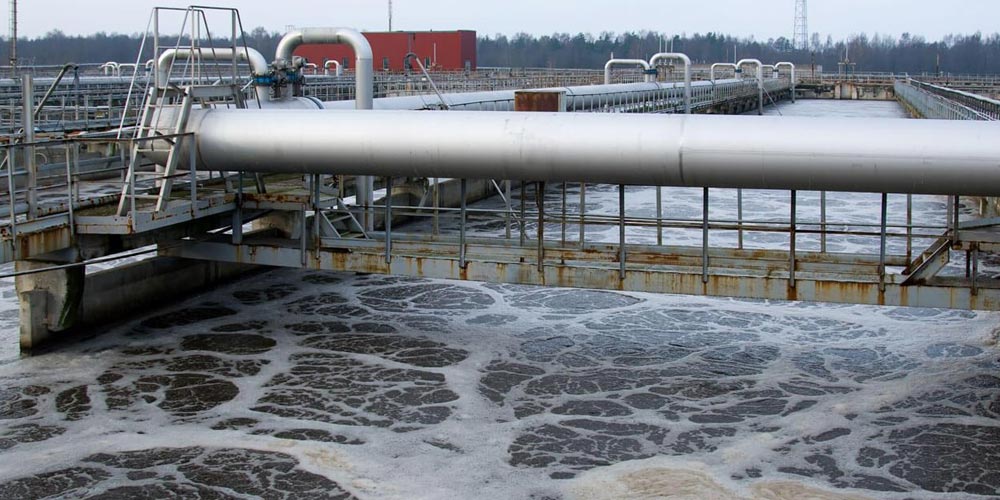Polyaluminium Chloride, often abbreviated as PAC, is a type of inorganic polymer coagulant. It is characterized by its high charge density and polymeric structure, which make it exceptionally efficient in coagulating and flocculating contaminants in water. Unlike traditional coagulants like alum, PAC operates effectively across a broader pH range and generates fewer sludge by-products, making it an environmentally friendly alternative.
Mechanism of Action
The primary function of PAC in water treatment is to destabilize and aggregate fine suspended particles, colloids, and organic matter. This process, known as coagulation and flocculation, can be broken down into several stages:
1. Coagulation: When PAC is added to water, its highly charged polyaluminium ions neutralize the negative charges on the surface of suspended particles. This neutralization reduces the repulsive forces between particles, allowing them to come closer together.
2. Flocculation: Following coagulation, the neutralized particles aggregate to form larger flocs. The polymeric nature of PAC aids in bridging the particles, creating substantial flocs that can be easily removed.
3. Sedimentation and Filtration: The large flocs formed during flocculation settle rapidly due to gravity. This sedimentation process effectively removes a significant portion of the contaminants. The remaining flocs can be removed through filtration, resulting in clear and clean water.
Advantages of PAC
PAC offers several advantages over traditional coagulants, contributing to its growing popularity in water treatment:
- Efficiency: PAC is highly effective in removing a wide range of contaminants, including suspended solids, organic matter, and even some heavy metals. Its efficiency reduces the need for additional chemicals and processes.
- Broad pH Range: Unlike some coagulants that require precise pH control, PAC operates efficiently across a wide pH spectrum, simplifying the treatment process.
- Reduced Sludge Production: One of the significant benefits of PAC is the reduced volume of sludge generated during treatment. This reduction lowers disposal costs and minimizes environmental impact.
- Cost-Effectiveness: While PAC may have a higher upfront cost compared to some traditional coagulants, its superior performance and lower dosage requirements often result in overall cost savings for water treatment facilities.
PAC Flocculants represents a significant advancement in water treatment technology. Its ability to efficiently remove contaminants, coupled with environmental and economic benefits, positions PAC as a cornerstone in the quest for clean and safe water. As more communities and industries embrace this innovative solution, the path to a healthier and more sustainable future becomes clearer.
Post time: Jun-06-2024


